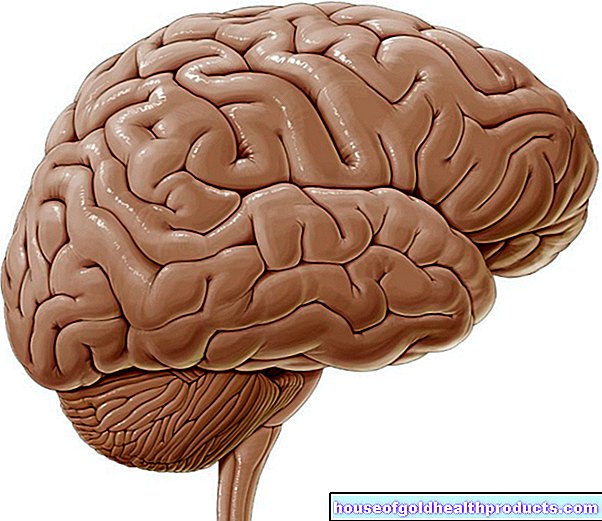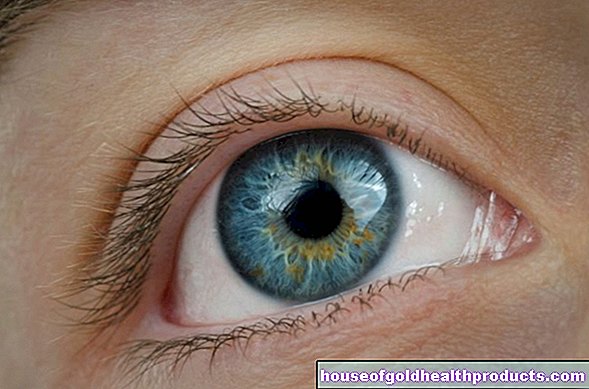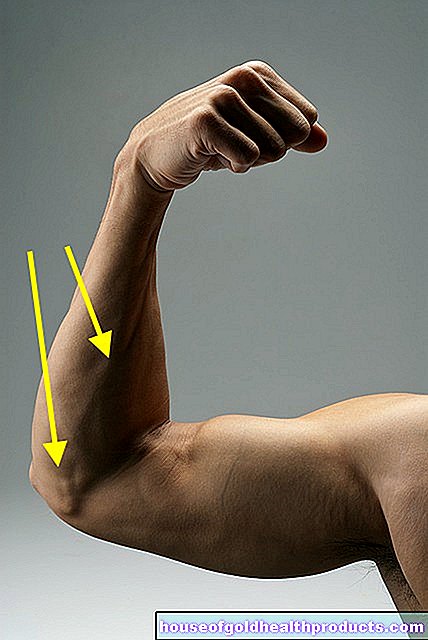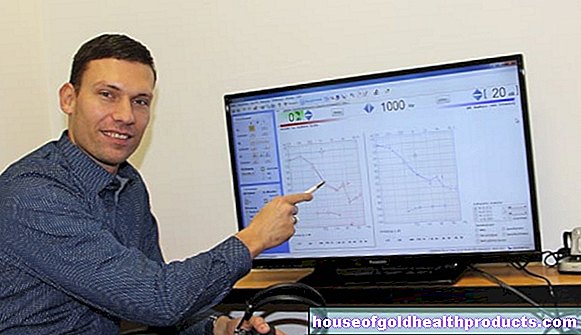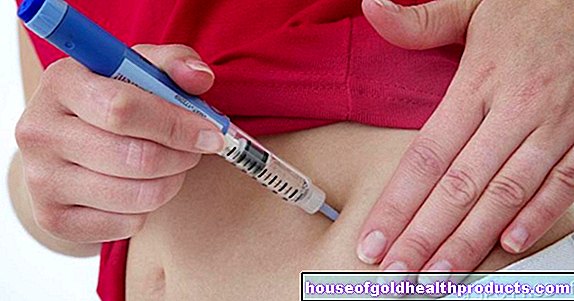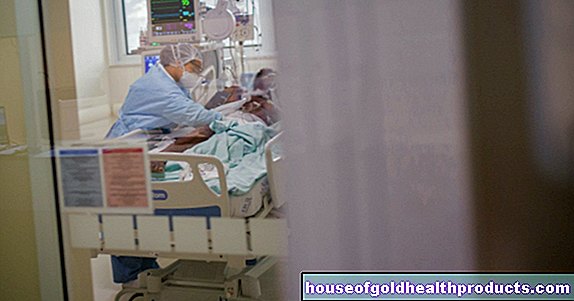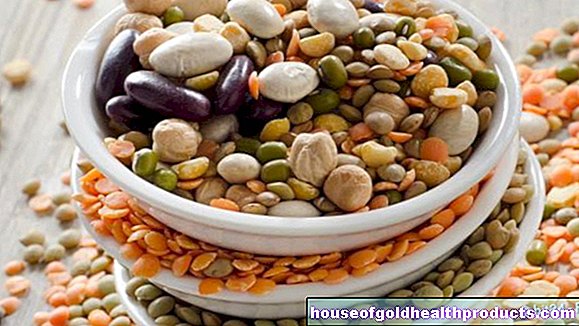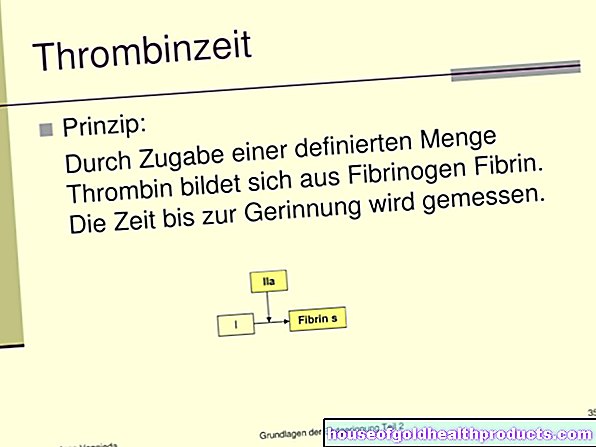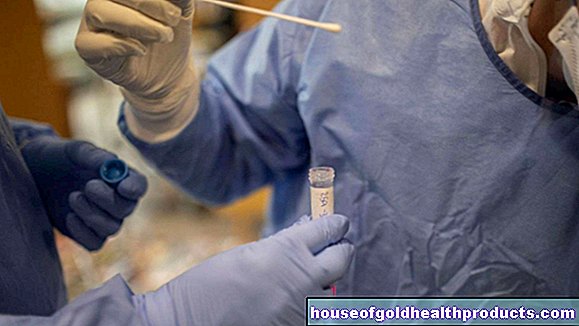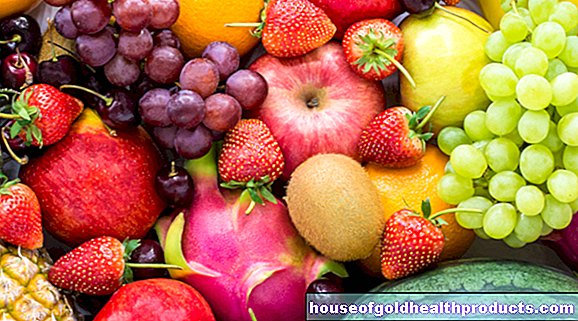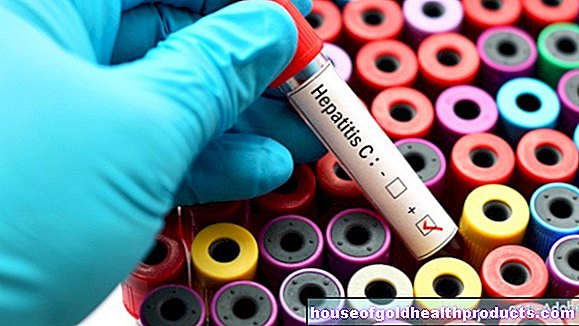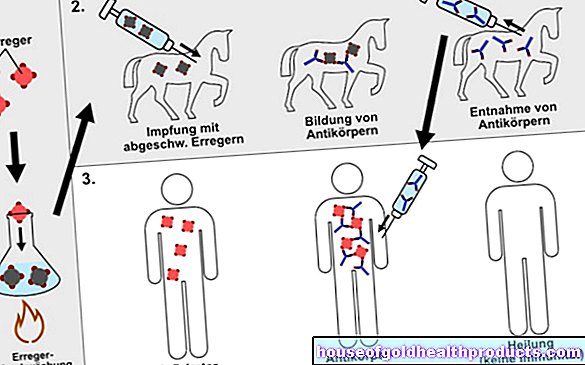Milk allergy: iron protects
All content is checked by medical journalists.MunichCow's milk can cause severe allergic symptoms. Researchers from Vienna have now clarified the molecular mechanism behind it.
Milk allergy is often confused with lactose intolerance, but these are two very different diseases: While intolerance lacks an enzyme to digest milk sugar, milk proteins disrupt the immune system in (cow) milk allergy. It mainly affects young children. One to seven percent suffer from it in the first year of life - sometimes with dire health consequences. The children get swelling of the skin (e.g. on the face or throat), shortness of breath, hives, vomiting and diarrhea. Asthma and shock can also occur. The reason: the body's own defense produces IgE antibodies against the milk protein.
Bound iron
A team of scientists led by Franziska Roth-Walter from the University of Vienna has now found that the milk protein beta-lactoglobulin only triggers the allergy if it has not bound iron. The molecules have pockets in which iron atoms can sit. If this is the case, the well-known attack of the immune system apparently does not take place.
In the next step, the researchers want to find out what contributes to the iron load in milk proteins. The scientists speculate that the quality of the milk may be decisive. Industrial processing of milk could therefore have an influence on the iron load on milk proteins. It is also possible that the keeping and feeding of the cows play a role.
General Mechanism?
The same mechanism apparently plays a role in other allergies and was only recently demonstrated for birch pollen allergy. This could also be the reason why children with milk allergies often develop other allergies later on, such as asthma or an allergy to eggs. Consuming iron yourself - with food or through dietary supplements - does not help. The allergy triggers have to bear this before they get into the human body through food or other routes. (away)
Source: Roth-Walter F. et al .: The Major Cow Milk Allergen Bos d 5 Manipulates T-Helper Cells Depending on Its Load with Siderophore-Bound Iron, PLOS ONE, 2014.
Tags: prevention organ systems anatomy

